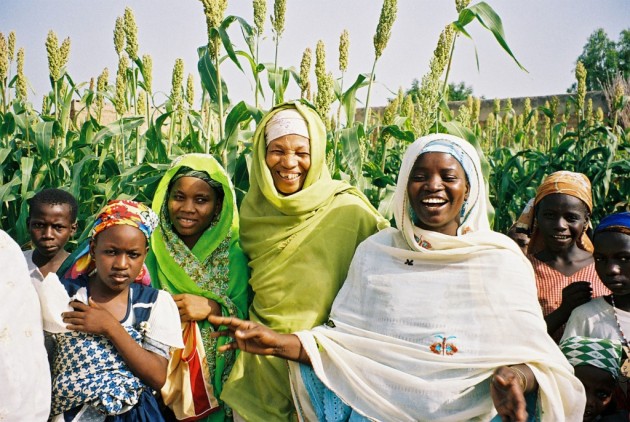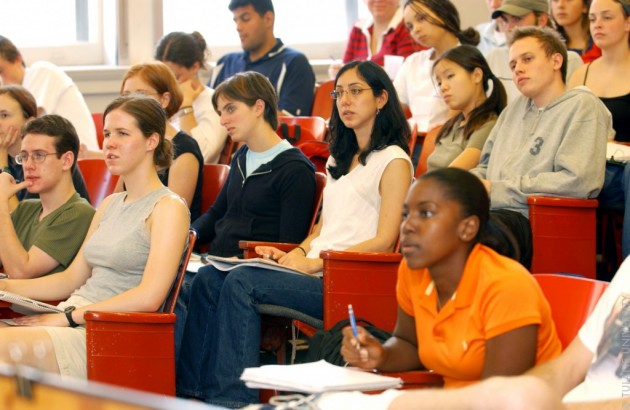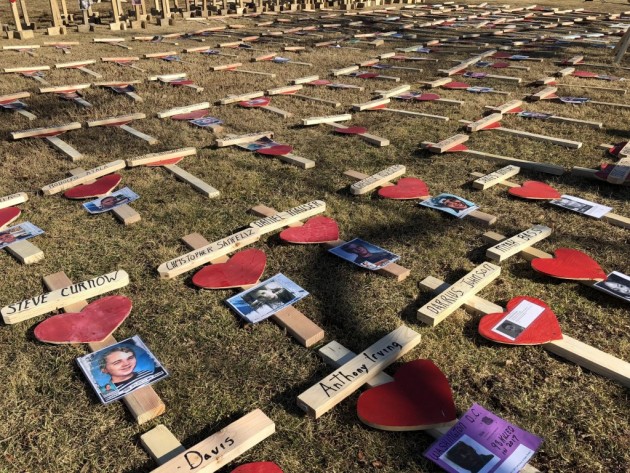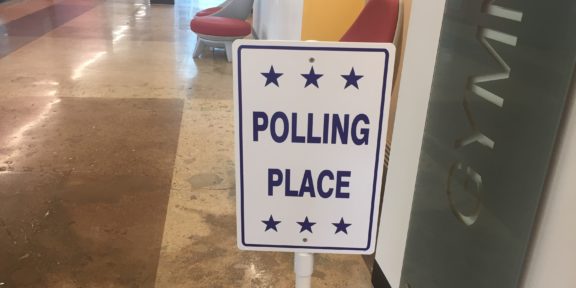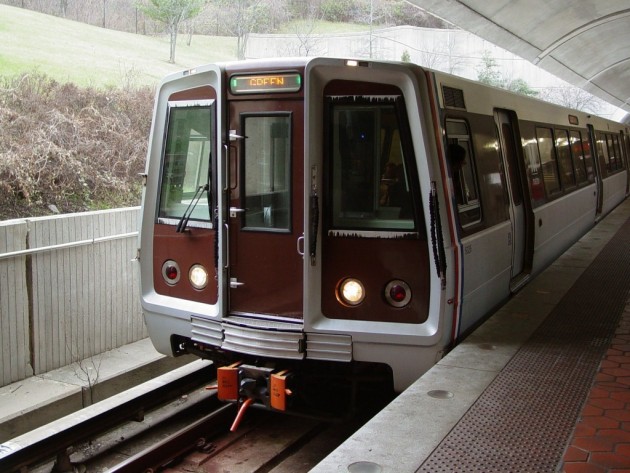Economic status is cited as primary factor in increased fatality risks for African- Americans.
African-Americans make up less than 13 percent of the U.S. population, but they account for 25 percent of all of the nation’s fire deaths each year, according to the U.S. Fire Administration.
The disproportionate number of African-American deaths is rooted in part in their social and economic status, said James Heeschen, a Fire Administration data center statistician.
“Income, education levels, and neighborhoods all play a major part,” Heeschen said, “but I see it as not so much of being black but being poor.”
Mark Brady of the Prince George’s County Fire Department agreed with Heeschen’s assessment.
“Home fires are definitely more of a socio-economic problem,” Brady said. “The further you move into the Beltway into areas like Suitland, Fairmont Heights, and Oxon Hill, the more fires you have.”
Fires kill more Americans each year than all natural disasters combined, said Heidi Taylor of the Red Cross. Every 2½ hours someone dies from a fire, statistics show.
Lesley Simmons, outreach officer for the Red Cross, said the organization is launching a national fire campaign for the second year in the row because a lot of people are not prepared or aware of how crucial home fires are.
“The purpose of this national fire campaign is to help educate people so they can become better prepared,” Simmons said.
The groups that are most affected by home fires are seniors, children under the age of five, and African-Americans,” Taylor said.
According to research by the Federal Emergency Management Agency the elderly, the young, and the poor are at a higher risk of being injured in a fire than the rest of the population. In fact males, African-Americans, and American Indians have a considerably higher risk of death or injury from fires than the population as a whole.
A report done by the USFA shows that the poor have the highest risk of fire injury or death while the wealthy have the lowest.
The Red Cross of the National Capital Area is doing a lot of community outreach and working with the media to get the information to people about fire hazards, Simmons said.
“We found that here at the Red Cross, 32 percent of the families that we work with are African- Americans, and African-Americans are a key demographic that we want to help,” she said.
“In fact, we are planning to attend the Bayou Classic in New Orleans on November 25, which is not just a football game, but a major community event, where we can inform a great deal of people about the dangers of home fires.
A Red Cross spokesperson, Cameron Ballantyne said the Red Cross has information on disaster preparedness on their website and even offers disaster preparedness kits that are light and easy to carry in case of an emergency.
“We even have a partnership with Home Depots around the country who offer Family Fire Safety Clinics every Saturdays at 10 a.m.,” Ballantyne said. “The Red Cross also offers community classes for members of churches, schools, co-workers, friends and families about how to become prepared in the case of a home fire.”
Residents should call local Red Cross chapters, get involve with firefighters smoke alarm programs and presentations, Taylor said. They should also make sure the landlords check the batteries in all smoke alarms located in their apartments, she said.
“If we could stop fires before they start, we are doing our job,” she said.
For more information on fires, fire awareness, or fire prevention workshops, go to the Red Cross websites redcrossnca.org, redcross.org, or call 703-584-8400.



